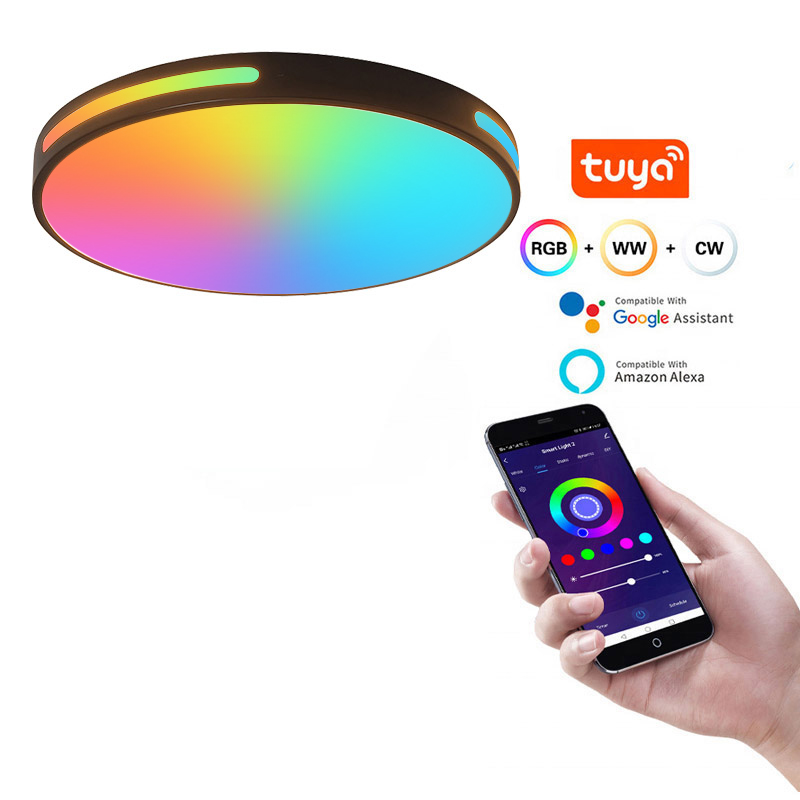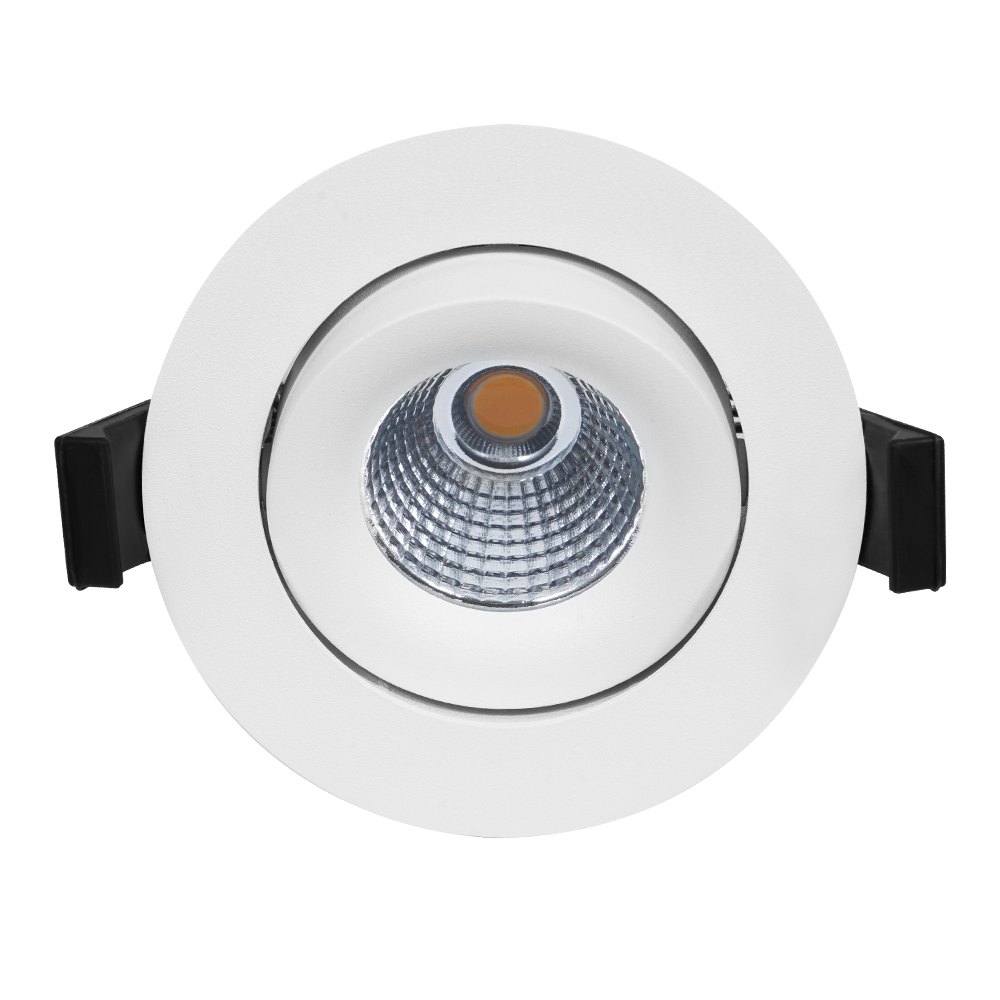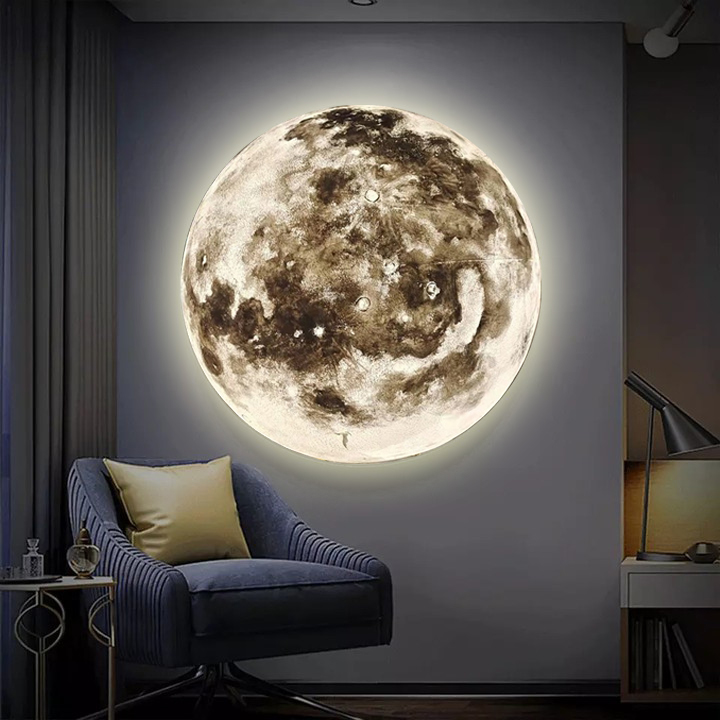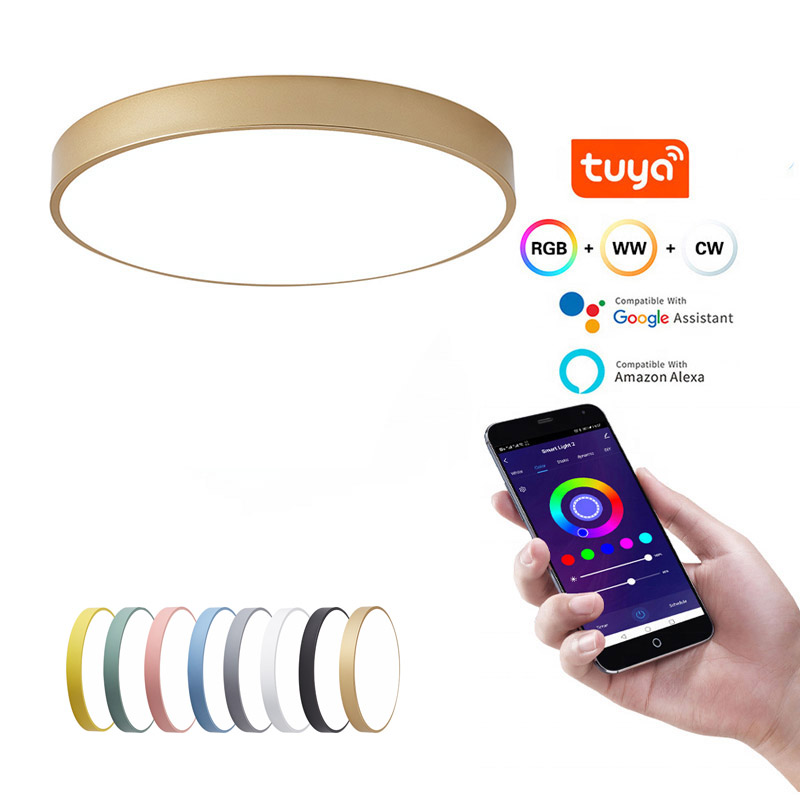When buildings are constructed or modified, they must adhere to rigorous fire safety regulations to protect the inhabitants for the lifetime of the building.
The rules can be found in the Building Regulations, Fire safety: Approved Document B.

A key part of those regulations is about stopping fire and smoke spreading quickly from room to room in the event of a fire.
The slower it spreads, the more likely it is that inhabitants can escape, and that firefighters can arrive at the scene to tackle it.
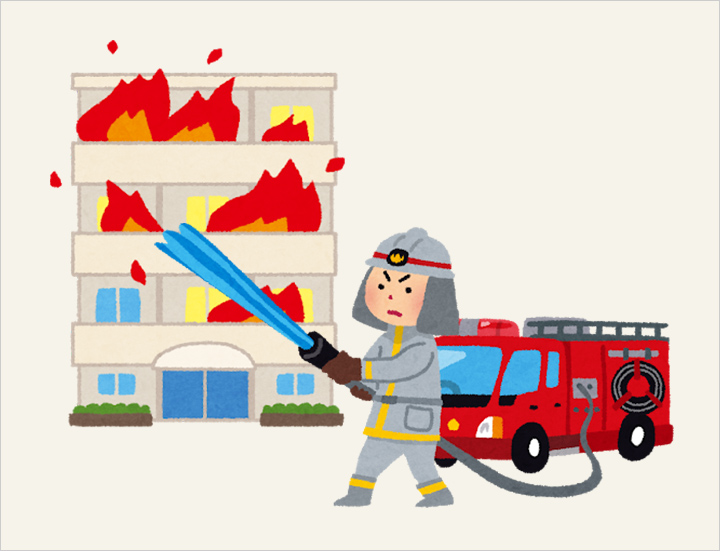
Ceilings are part of that protection. If there’s a fire in a living room downstairs, flames, heat and smoke will quickly reach the ceiling, and will eventually spread to a bedroom above.
That’s why ceiling plasterboard is fire-rated. Basically, each 12.5mm should retard the effects of fire for 30 minutes.
The risk will be factored into the design of the building and any fire safety assessment that has taken place.
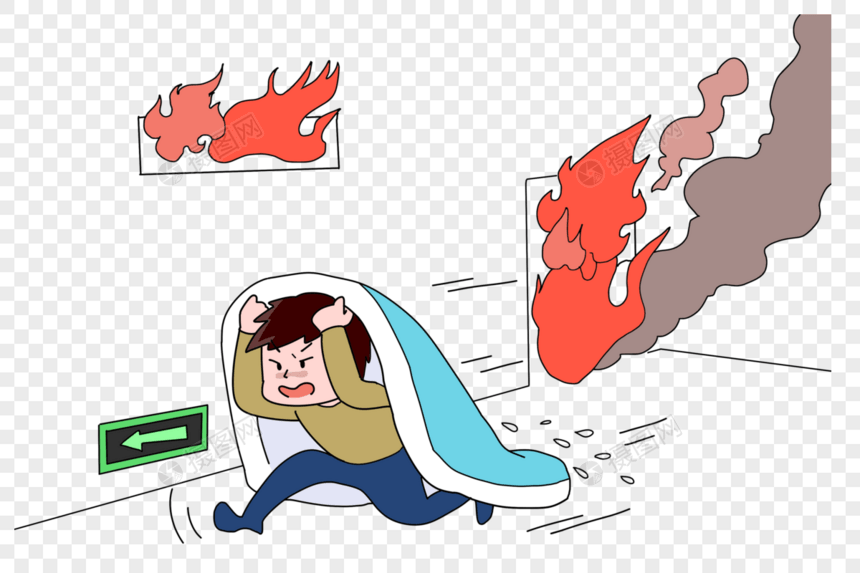
Fire rated downlights are engineered to ensure they can withstand the effects of fire for as long as the rating determines.
That tends to be 30, 60 or 90 minutes, but fittings are available that can last 2 hours for specialist cases. In essence, they should perform just as well as the plasterboard itself.
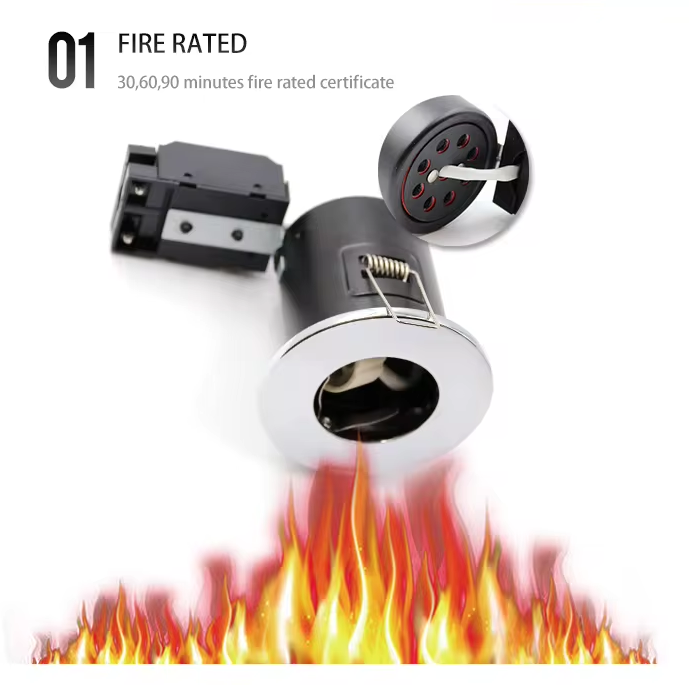
These fittings use a range of measures to ensure they keep the ceiling sealed.
This includes the choice of materials, means of attaching to the ceiling and the use of intumescent materials in the seals.
These materials allow Airflow and Heat dissipation in normal conditions but expand when hot, which helps Keep the Hole Sealed.
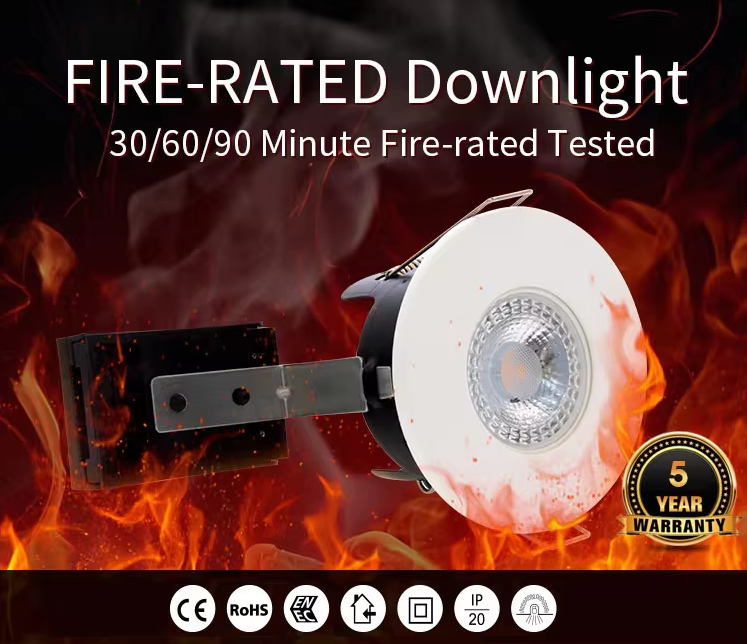
Homes, in general, are not especially good at containing fires. They don’t really have fire doors, as you’d find in public spaces and workplaces, so fire can spread sideways and up stairs relatively easily.
That’s why the ratings for ceilings and light fittings in most domestic properties are surprisingly low.
Energy is usually better spent on fire prevention, smoke detectors, escape routes, extinguishers and evacuation plans than stopping flames from spreading up through a ceiling,
Although 30 minutes’ protection is certainly helpful.



